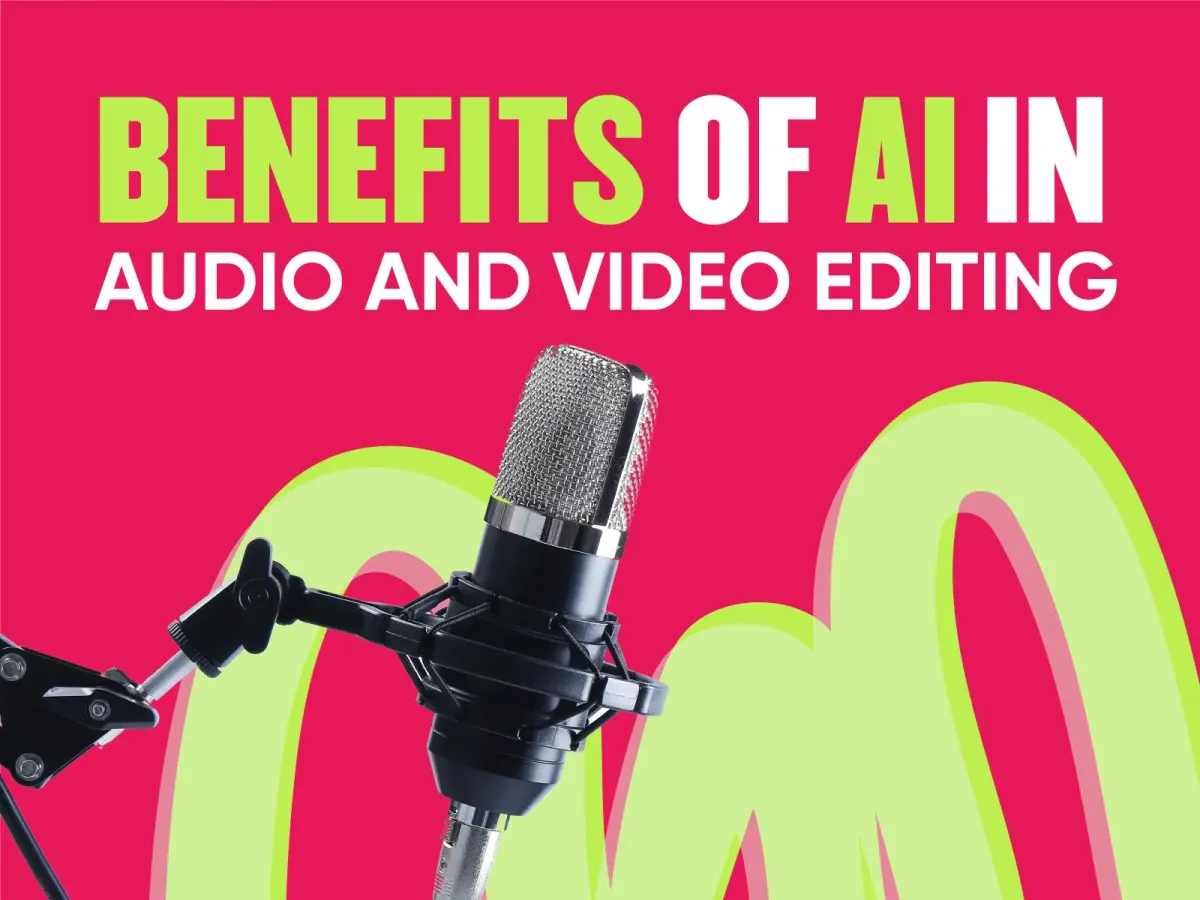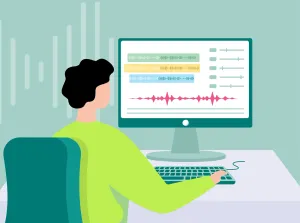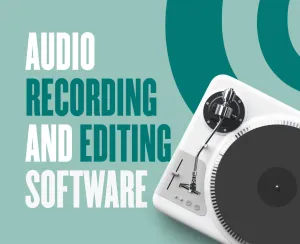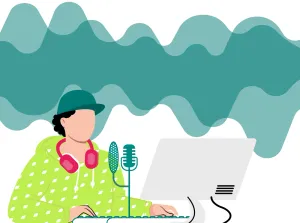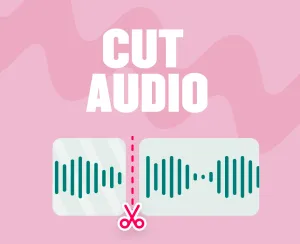Does the advent of AI in audio and video editing mean that human editors are going to lose their jobs?
This is the major concern for many editors out there. However, that’s far from the reality.
But that doesn’t mean AI isn’t playing a comprehensive role now in video and audio editing.
As video becomes a powerful marketing tool, businesses are looking for ways to create high-quality video content fast and efficiently.
But here’s the thing—video editing is considered a time-consuming and expensive process.
In fact, lack of time to create video content is the top video marketing challenge for 39% of marketers according to a HubSpot study. The same study also shows that 29% of marketers struggle with video editing:
Image via HubSpot
Fortunately, with the help of AI in video editing, you can automate tedious and time-consuming tasks done by human editors like color correction, audio mixing, and more. This can lead to the reduction of the time the editing process consumes.
It enables you to create error-free and high-quality videos faster.
Wondering how it’s changing online audio editors and video editors?
Ways Artificial Intelligence is Revolutionizing the Audio and Video Editing Process
Here are 8 ways AI is shaping the video and audio editing industry.
1. Video Customization
Modern buyers want personalized shopping experiences. From the emails you send to the content on your site, they want to see that everything they interact with when they land on your website is tailored to them.
According to a recent study, 76% of digital buyers say they are more likely to consider purchasing from brands that personalize their experiences. Furthermore, 78% will make repeat purchases from companies that personalize:
Image via McKinsey & Company
So, whether you’re using text messaging or video marketing, it’s essential to get your personalization right.
When it comes to video marketing, traditional video editing cannot produce customized videos effectively at scale.
Luckily, AI-powered programs like the Animoto, Movavi Video Editor offer all the tools you need to create stunning and customized videos. Additionally, Fliki's AI video generator simplifies the process even further by automating various aspects of video production, allowing users to effortlessly generate professional-quality content.
With these video editors, you can create videos, add and customize intros and outros, and other elements of your videos to make your videos more engaging and audience-specific.
2. Automate Video Editing
Modern AI video editors are designed with algorithms that can automatically detect and extract backgrounds, people, and other relevant objects in a raw captured video.
After identifying the relevant parts of the video, the AI algorithm automatically joins the video footage into a single engaging video without requiring active human intervention.
This means that marketers can produce videos in large quantities fast since they no longer need to manually select the right clips for their project from the footage.
3. Audio Editing and Noise Removal
By incorporating AI in audio and video editing programs, users can automatically remove background music and noise to produce clear videos.
This translates to huge amounts of time saved that traditional editing would otherwise consume.
The best AI video editing software use sophisticated algorithms that automatically analyze the audio signal to detect unwanted sounds like clicks, hums, and more.
The tools then remove the unwanted sounds so that only the required content such as music, speech, and conversation remains in the video.
What’s more?
The tools also filter and equalize the voice to make it more audible while removing any unwanted distortion.
4. Video Stabilization
One of the greatest things about using AI in audio and video editing is that you don’t have to worry about where and how you shoot the footage.
What does this mean?
Shaky and manually shot video footage is no longer an issue with AI. Using AI-powered video editing platforms, you can easily stabilize your videos for better quality and impact. This enables you to shoot any form of raw footage without needing video stabilizing hardware.
5. Facial and Object Recognition
By using AI in audio and video editing, you can easily detect objects in footage and track them throughout the video.
This means that you can always see relevant objects within footage even as they change their position.
It’s especially helpful in videos where you need to track fast-moving objects or several people. These include the likes of action or sports footage or a video where several people are moving randomly.
For instance, during a Q&A session, the AI can identify when each participant is speaking and automatically switch the camera to focus on the individual.
6. Video Upscaling
Even though video upscaling has been here for some time, it has been a difficult thing to accomplish with traditional editing.
Luckily, AI has made it more popular. Most modern video editing software include it as standard.
With the help of an AI video upscaling platform, users can enhance the resolution of a video. For instance, you can improve the resolution of a video to turn it into a 4K video.
These tools can learn the most accurate ways to upscale your video to make it appear as if it was shot with a higher level of quality.
If you’re planning to use the video on a video streaming platform then you will find this feature useful because such platforms require videos of the highest quality, especially if you want to produce highly-engaging videos.
7. Color Correction and Color Matching
One of the most important aspects of video editing is color grading. And this has been among the most challenging parts of traditional editing.
Fortunately, the advent of AI in audio and video editing has made this process simpler and more efficient.
AI technology makes it easier to automatically optimize colors and exposure levels based on the content of the video shot.
AI-powered color correction tools can optimize footage issues like skin tones, saturation, and white balance.
This helps editors save time and effort.
Furthermore, the tools help maintain consistency with the color and tone—something that’s difficult to accomplish with traditional editing.
8. Speech-to-Text Transcription
You must have seen text appearing on a video during an interview or on YouTube like in the below screenshot:
Image via YouTube
That’s artificial intelligence working in the background.
AI-powered transcription tools use natural language processing and machine learning algorithms to automatically convert spoken words in a video into text based on the language the speaker is using. You don’t necessarily need to transcribe a video word by word anymore.
This is particularly helpful for video conferencing where you might share important information. Attrock prepared numerous video conferencing software list that offer such transcription tools.
And why does this matter?
It bodes well for your customer experience as they’ll understand everything that’s being spoken in the videos. And it might just be the edge you need to win their business given the fact that 85% of consumers say better CX can help small companies win their business from larger ones.
You can then use the text in your video captions, subtitles, and video transcripts to make your video more accessible to people—even those with hearing challenges.
Better still, this makes it easier for users to find specific content within the video.
For instance, you can easily spot a specific keyword or term within the video by simply searching the transcript.
Conclusion
The introduction of AI in audio and video editing is a blessing for many editors who spend hours or even days editing a single piece of footage.
AI-powered editing tools can speed up editing by automating time-consuming and boring tasks thus saving people a lot of time.
As we wrap up this article, it’s important to mention that AI video editors aren’t going to replace human editors but are going to increase efficiency, boost the video quality, and save time.
Guest Author Bio - Reena Aggarwal
Reena is Director of Operations and Sales at Attrock, a result-driven digital marketing company. With 10+ years of sales and operations experience in the field of e-commerce and digital marketing, she is quite an industry expert. She is a people person and considers the human resources as the most valuable asset of a company. In her free time, you would find her spending quality time with her brilliant, almost teenage daughter and watching her grow in this digital, fast-paced era.
Social connects: LinkedIn, Twitter
